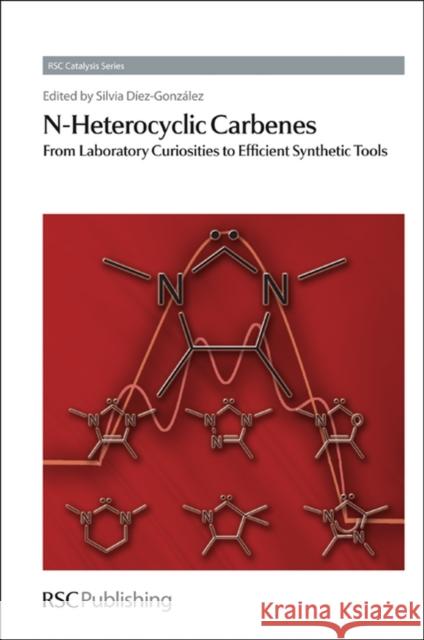N-Heterocyclic Carbenes: From Laboratory Curiosities to Efficient Synthetic Tools » książka
N-Heterocyclic Carbenes: From Laboratory Curiosities to Efficient Synthetic Tools
ISBN-13: 9781849730426 / Angielski / Twarda / 2010 / 468 str.
Over the last fifteen years, N-heterocyclic carbenes (NHCs) have mostly been used as ancillary ligands for the preparation of transition metal-based catalysts. Compared to phosphorus-containing ligands, NHCs tend to bind more strongly to metal centres, avoiding the necessity for the use of excess ligand in catalytic reactions. The corresponding complexes are often less sensitive to air and moisture, and have proven remarkably resistant to oxidation. Recent developments in catalysis applications have been facilitated by the availability of carbenes stable enough to be bottled, particularly for their use as organocatalysts. This book shows how N-heterocyclic carbenes can be useful in various fields of chemistry and not merely laboratory curiosities or simple phosphine mimics. NHCs are best known for their contribution to ruthenium and palladium-catalysed reactions but the scope of this book is much broader. The synthesis of NHC ligands and their corresponding metal complexes are covered in depth.











